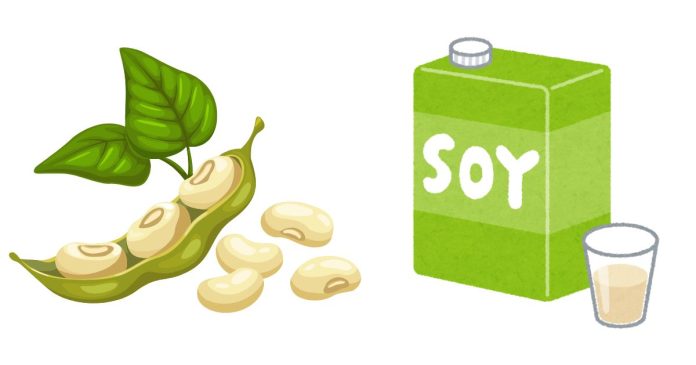The terms “soy” and “soya” both refer to the same plant, Glycine max, and its products, such as soybeans, soy milk, and tofu. The difference between soy and soya is primarily regional:
1. Soy
- Used in American English and most English-speaking countries like the United States, Canada, and Australia.
- Refers to soybeans and products derived from them, such as soy milk, soy sauce, tofu, and soy protein.
- Example: “I prefer using soy milk in my coffee.”
2. Soya
- Common in British English and many other parts of the world, particularly in countries like the United Kingdom, India, and some European countries.
- Refers to the same plant and its products, but “soya” is the more traditional spelling in these regions.
- Example: “I usually buy soya sauce for cooking.”
Why the Difference?
The variation in spelling comes from differences in how English developed in various regions. The word “soy” comes from the Japanese word “shoyu” (soy sauce), and American English adopted this shorter version, while “soya” was used in British English, reflecting older English conventions.
In Summary:
- Soy is the preferred spelling in American English.
- Soya is used in British English and in many other English-speaking countries around the world.
Both terms refer to the same plant and its products, so there’s no real difference in meaning, only in spelling and usage based on regional preferences.


